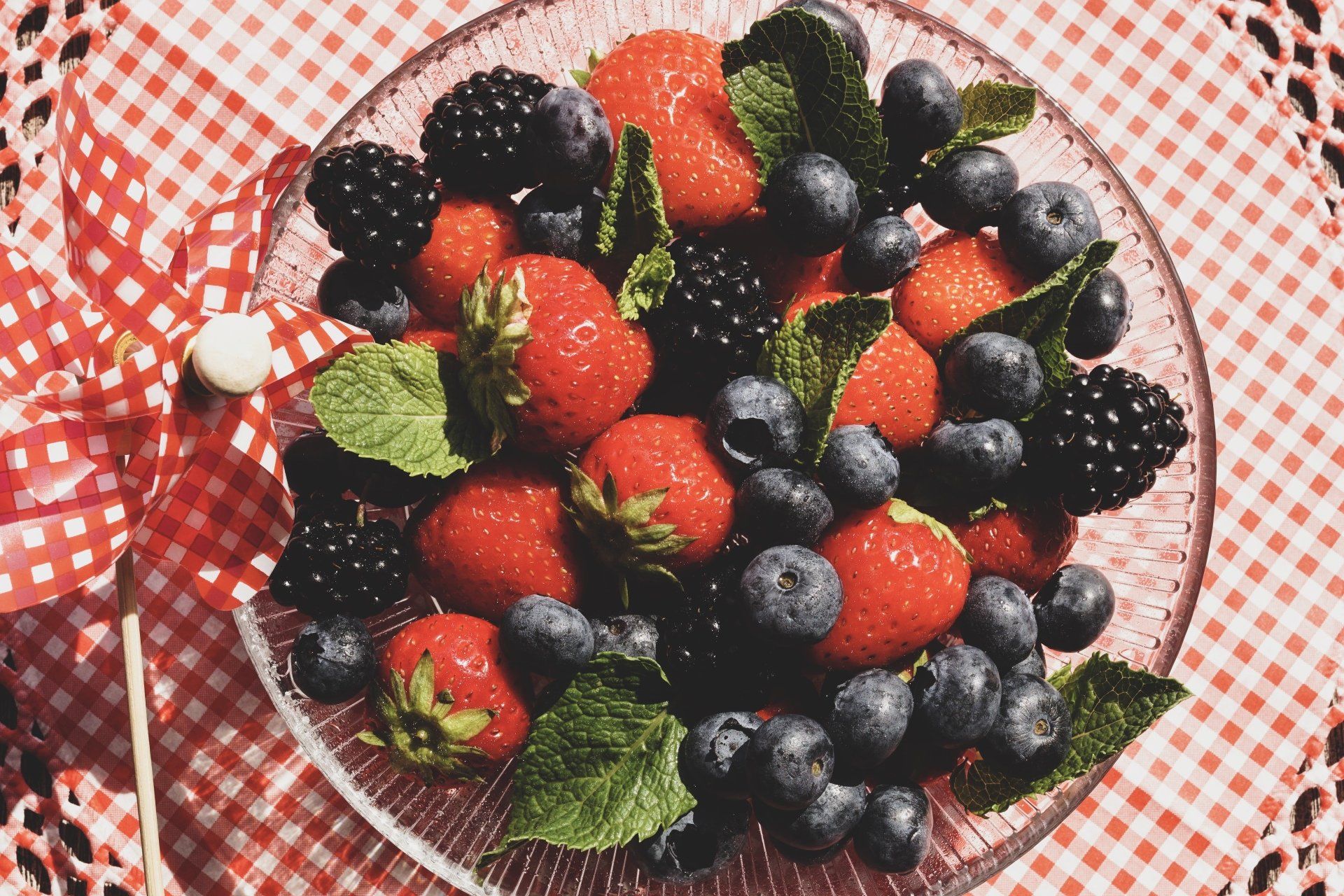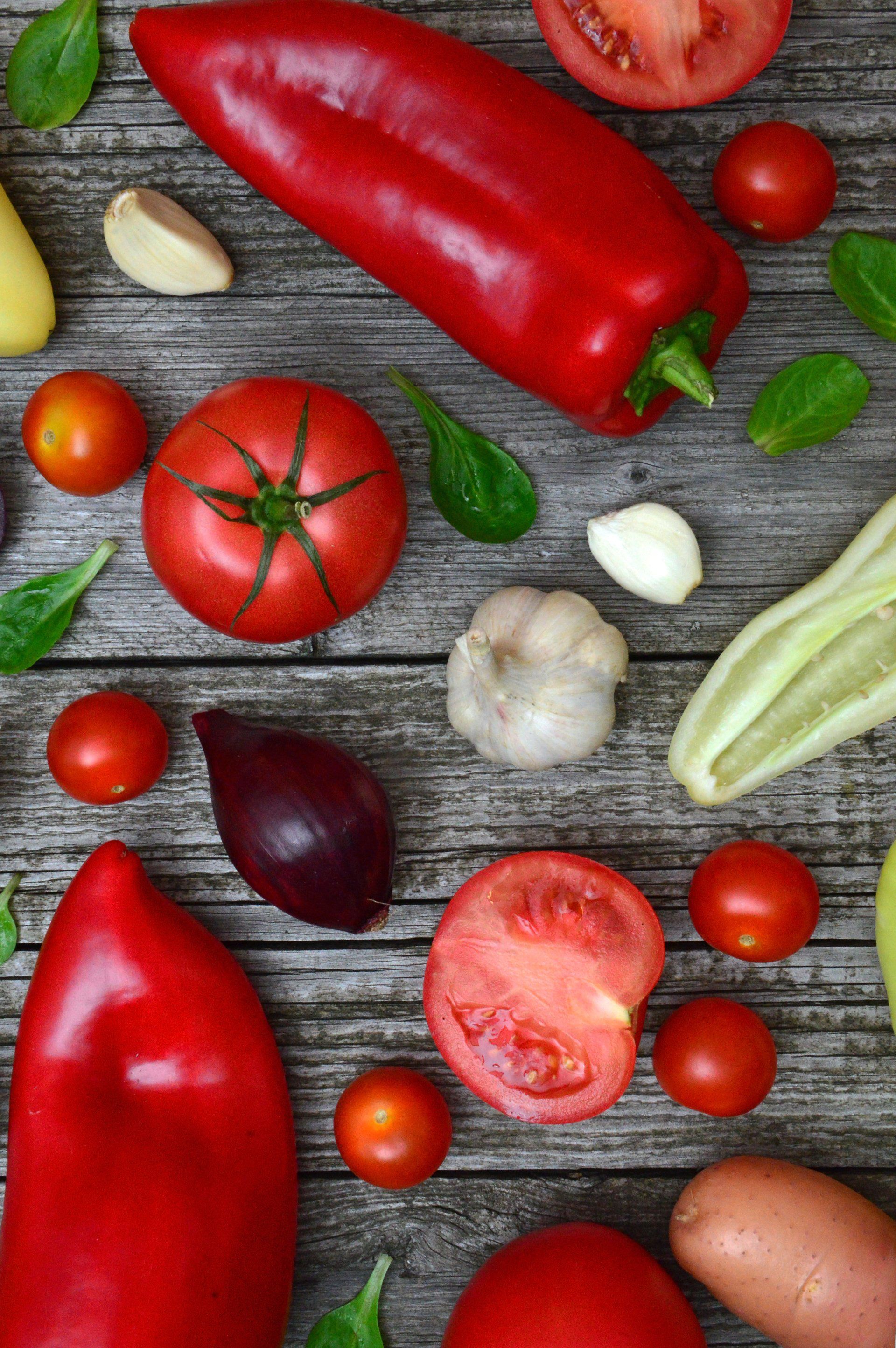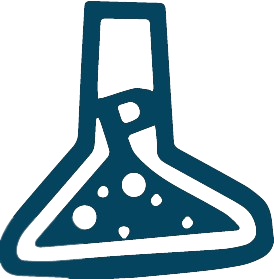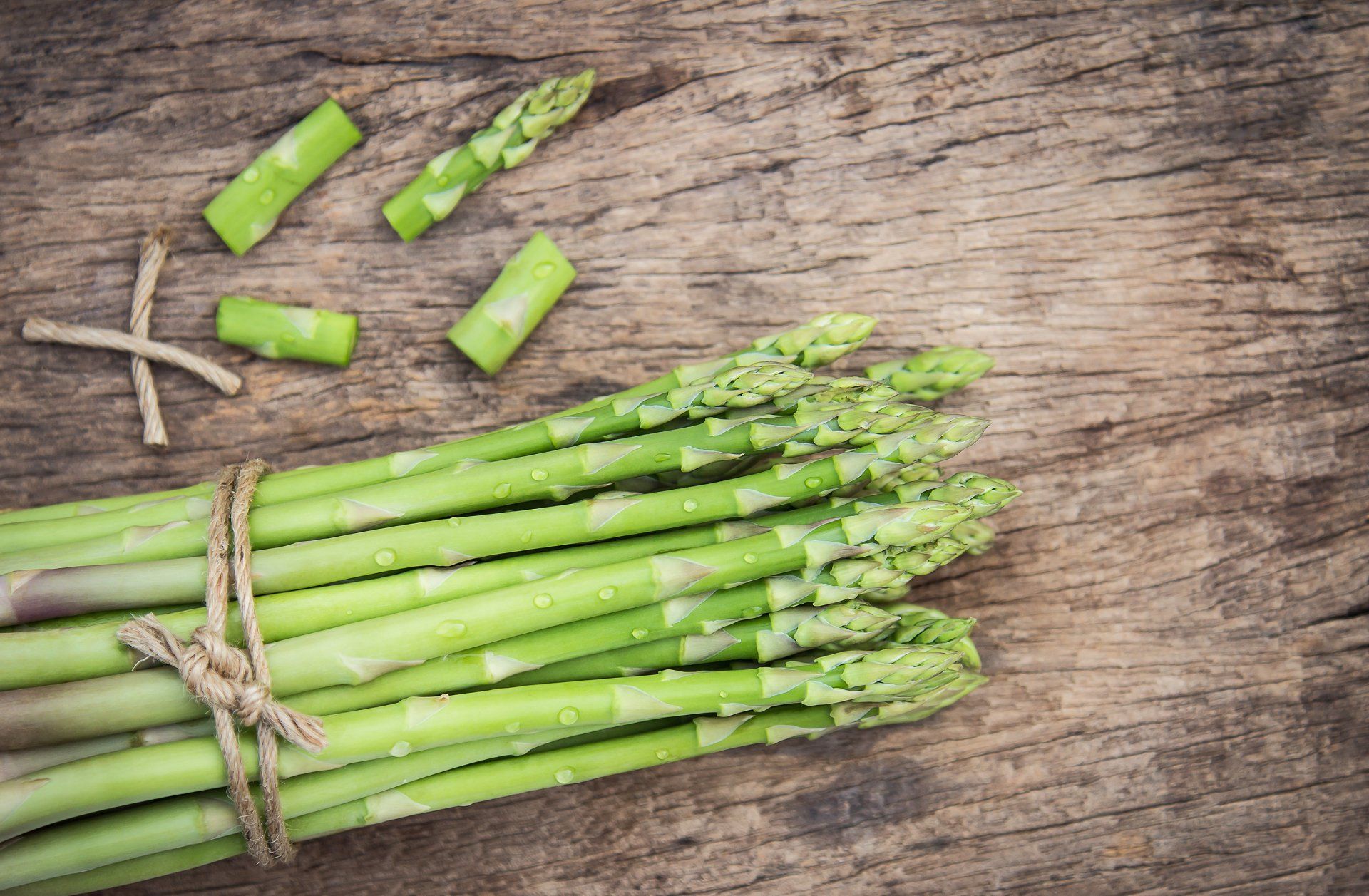Unraveling the Sweet Symphony: A Journey Through the Digestion of Different Types of Sugar Carbohydrates
Unraveling the Sweet Symphony: A Journey Through the Digestion of Different Types of Sugar Carbohydrates
By: Auburn Johnson MSc
Carbohydrates are a fundamental class of nutrients that provide our bodies with energy. Among them, sugars play a crucial role, serving as a primary source of quick energy. However, not all sugars are created equal, and their digestion pathways vary. In this article, we will delve into the fascinating world of sugar carbohydrate digestion, exploring the different pathways for various types of sugars.
1. Monosaccharides: The Building Blocks: Monosaccharides are the simplest form of carbohydrates, and they include glucose, fructose, and galactose. These molecules are absorbed directly into the bloodstream after digestion. For example, glucose can be derived from the breakdown of complex carbohydrates like starch, which occurs through the enzymatic action in the mouth and small intestine.
2. Sucrose: Breaking the Bond: Sucrose, commonly known as table sugar, is a disaccharide composed of glucose and fructose. Digestion of sucrose occurs in the small intestine, where the enzyme sucrase breaks it down into its constituent monosaccharides – glucose and fructose. These monosaccharides are then absorbed into the bloodstream through the intestinal wall.
3. Lactose: The Milk Sugar: Lactose is another disaccharide, consisting of glucose and galactose. The digestion of lactose is facilitated by the enzyme lactase, which is present in the small intestine. Lactase breaks down lactose into its individual monosaccharides, allowing for their absorption into the bloodstream.
4. Complex Carbohydrates: Starch and Glycogen: Starch, found in foods like grains and potatoes, and glycogen, stored in our liver and muscles, are complex carbohydrates composed of multiple glucose molecules. Digestion of starch begins in the mouth, where the enzyme amylase starts breaking it down into smaller polysaccharides. In the small intestine, these polysaccharides are further broken down by enzymes into maltose and then into individual glucose molecules, ready for absorption.
5. Fructose: The Fruit Sugar: Fructose is commonly found in fruits and is absorbed through a different pathway than glucose and galactose. The absorption of fructose occurs primarily in the small intestine, where it is transported into the bloodstream with the help of specific transport proteins. Fructose metabolism also involves the liver, where it is converted into glucose or other metabolites.
6. High-Fructose Corn Syrup (HFCS): A Unique Challenge: High-fructose corn syrup, a common sweetener in processed foods, presents a unique challenge to our digestive system. HFCS contains a mixture of glucose and fructose, and its digestion involves the separate absorption of these two monosaccharides.
Understanding the intricate pathways of sugar carbohydrate digestion is crucial for comprehending how our bodies derive energy from different sources. From the simplicity of monosaccharides to the complexity of disaccharides and polysaccharides, our digestive system performs a symphony of enzymatic reactions to ensure the efficient absorption of these vital nutrients.
As we continue to explore the nuances of nutrition, a deeper comprehension of sugar digestion opens doors to optimizing our dietary choices for better health.












